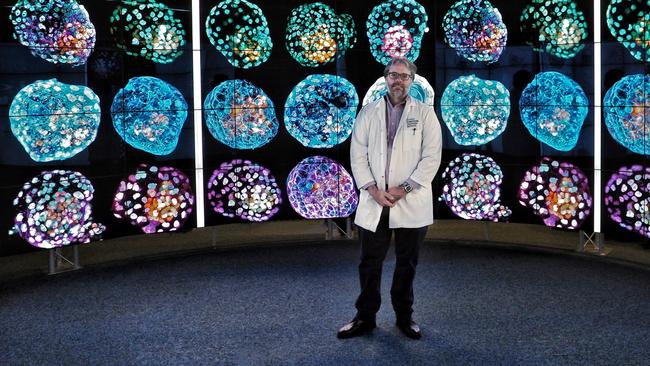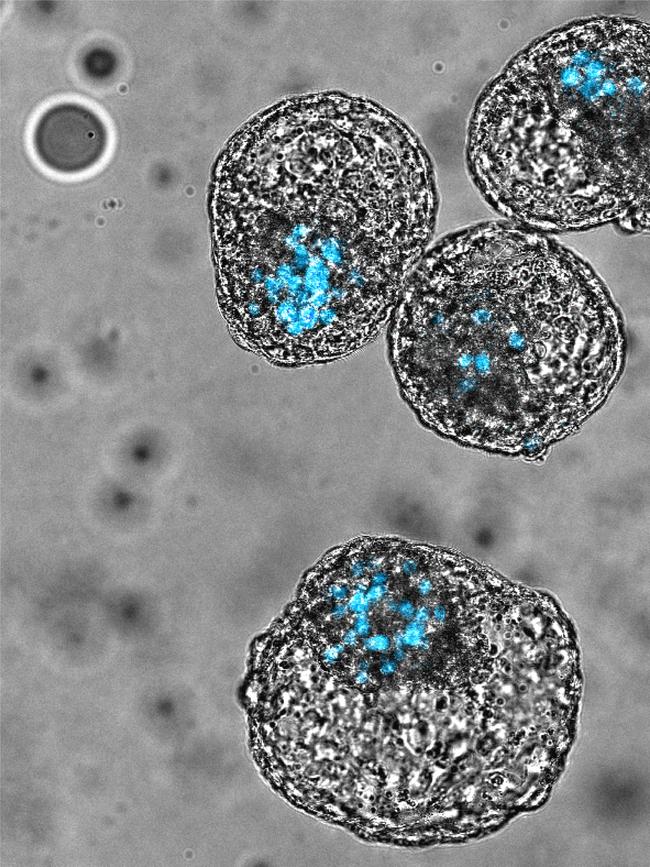Embryo breakthrough is a world first
Australian scientists have created an artificial model of a very early human embryo from human skin cells.

Australian scientists have created an artificial model of a very early human embryo from human skin cells, in a world first that will revolutionise research into the causes of early miscarriage, infertility and viruses such as COVID-19.
The Monash University-led global team has successfully reprogrammed these skin cells into a three-dimensional cellular structure similar to the actions of early human development.
The structure can be used to model the biology of early human life in the laboratory and could transform the way science deals with some of its biggest questions.
Until this development, the only way to study these first days of life has been through the use of difficult to obtain, and scarce, material obtained from donor IVF embryos.
Instead of dealing with this scarcity, it means researchers could be able to create hundreds of models in the lab for the studying of early human development.
Issues that can be more broadly examined will include why so many pregnancies fail in the first few days, the efficacy of drugs, even the effect of viruses such as COVID on early human development. Using the artificial model will enable research that hasn’t been able to occur in human embryos because of the potential scale of production.

The global team was led by Monash’s Professor Jose Polo, with assistance from UCLA in the US, the University of Western Australia, and Duke-National University in Singapore.
The human embryo models are known technically as iBlastoids, with the early stage growth of embryos known as blastocysts.
“iBlastoids will allow scientists to study the very early steps in human development and some of the causes of infertility, congenital diseases and the impact of toxins and viruses on early embryos,” Dr Polo said. “(This will be) without the use of human blastocysts and, importantly, at an unprecedented scale, accelerating our understanding and the development of new therapies.”
Professor Ross Coppel, also from Monash, said the breakthrough would enable more informative screening methods for new drugs, improved methods for IVF and the development of protocols for embryo gene therapy. He also forecast the potential for significant new medical-related business in Australia.
“With further research, and the right resources, this discovery could open up entirely new industries for Australia and internationally,” Professor Coppel said.
Monash said that all experiments complied with Australian and law and international guidelines. However, there is likely to be debate around the ethics of the development. The research is likely to raise questions about the definition of a human embryo and whether current global guidelines for embryo research will cover the new developments.
The research has been published in Nature. The lead author on the Nature paper, Dr Xiadong Liu, said: “Only when all the data came together and pointed to the same place could we believe that we had made such a discovery.”
Co-author Jia Aung Tan said: “We are really amazed that skin cells can be reprogrammed into these 3D cellular structures resembling the blastocyst.”
Scientists are particularly excited about the ability to examine why many pregnancies fail so soon after fertilisation, often before women are even aware this has occurred.
The breakthrough was due to be made public in the UK early on Thursday, with a co-ordinated international information release.




To join the conversation, please log in. Don't have an account? Register
Join the conversation, you are commenting as Logout